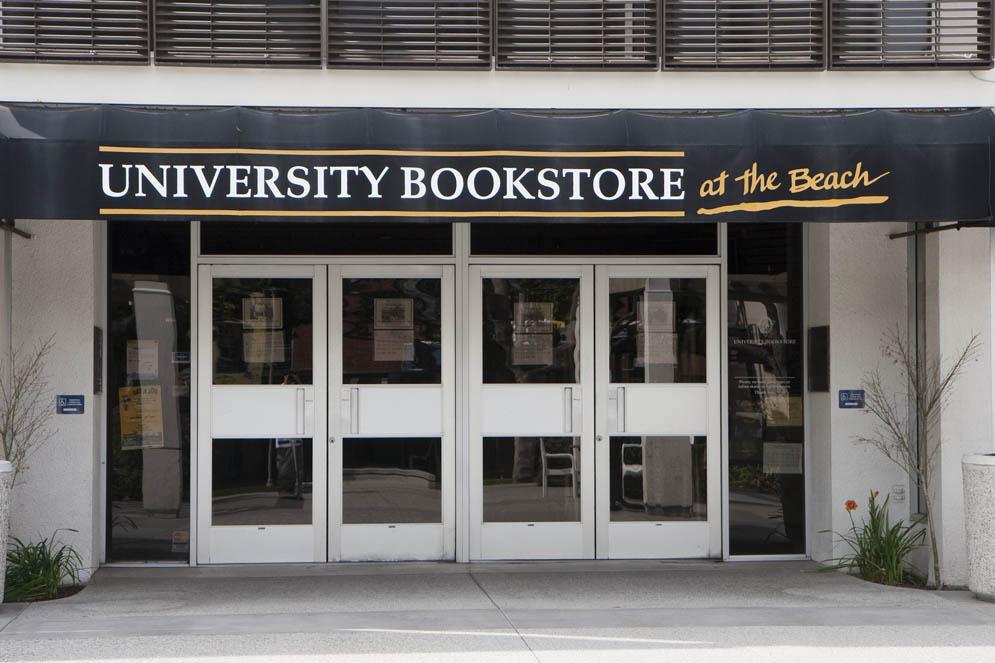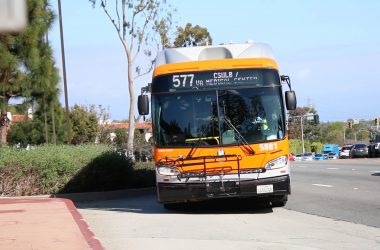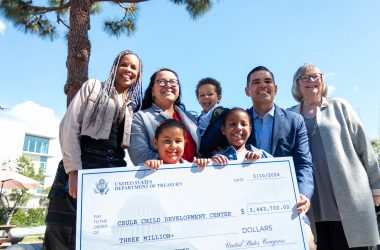This article was edited by Daily 49er News Editor Antoinette Luzano in order to focus on Cal State Long Beach.
Several buildings at CSULB have been deemed unsafe in the event of an earthquake, according to the reporting initiative California Watch.
The organization, part of the nonpartisan Center for Investigative Reporting, found that almost 180 public university buildings in the state are at risk of collapsing during an earthquake. Others could harm occupants due to falling hazards or structure failure during an earthquake. The buildings include the bookstore, Liberal Arts 2, 3 and 4, and Peterson Halls 1 and 2.
Four of CSULB’s buildings have been on the hazard list since 1994, but repairs to the buildings were not made. Instead, state money was used to build other structures, including $120 million for two science buildings and $32 million for an addition to the University Library.
Susan Brown, CSULB director of Physical Planning and Construction Management, said the university had been planning an overhaul of the science complex since the early ’90s.
The Liberal Arts buildings, constructed in 1954 and 1955, are less likely to survive a major earthquake due to the windows, which are placed in uninterrupted rows and stacked on top of each other, according to a 2008 California State University document.
An estimated 1,500 people occupy the buildings each day.
A 1993 seismic evaluation by Englekirk & Sabol Consulting Engineers found that the buildings could see significant structural damage and areas of collapse.
Thomas Kennedy, CSU chief of architecture and engineering, told California Watch that vacating buildings would force the CSU to decrease enrollment. There are currently 28 CSU buildings that could collapse in a major earthquake, and another 38 that could result in falling hazards.
“You’re balancing off a series of competing needs. Is there a risk in driving a car? You bet. But I drive everyday,” Kennedy said. “Is there a risk going into some buildings? Yes, there is. If we [close the buildings], that means we teach fewer students. Do we want to cut 50,000 students? Or do we want to go forward?”
Campuses would also have to find space to temporarily house unsafe classrooms, offices and labs.
At full occupation, the risky CSU buildings would hold a total of more than 35,000 people, according to facility reports and campus-provided estimates. More than half of the CSU system’s 2,200 buildings are at least 30 years old.
CSULB had received more than $1 million in state funding in 2005 to strengthen the buildings with shear walls and concrete infill, spending $102,000 to design the three-phase project only to be notified in 2007 by the state Department of Finance that the deadline to use the funding would expire before the project’s completion.
Records show that CSULB returned the rest of the money to the state. Brown said there had been miscommunication about the deadline.
After working with consultants and the CSU chancellor’s office, CSULB officials have now planned a two-phase project costing about $69 million. The first phase is on the priority list for state funding, but several years may pass before construction begins because of a backlog in projects.
“I view it as a disappointment in terms of not being able to implement the [first] project, but I believe the bigger project that we have will do better for the university,” Brown said.
No CSU projects proposed since 2009 have received funding because of the state budget crisis.
However, the system has spent more than $480 million on seismic projects since 1987, according to CSU documents.
The CSU system created a policy in 1993 that attempts to ensure that people can exit buildings safely after a major earthquake. Under the policy, buildings labeled as “collapse risks” are supposed to get “urgent attention.” A CSU document states that those buildings should be retrofitted “as soon as resources can be made available.”
Most universities, however, prioritize other projects, such as modern labs and more classrooms to accommodate enrollment growth.
“In a perfect world, we’d love to do everything,” Kennedy said.
The CSU system expects to fund 15 retrofit projects in the next five years at a cost of more than $500 million.
The United States Geological Survey predicted that California will experience one or more earthquakes of at least a 6.7 magnitude over the next 30 years. There is nearly a 50 percent chance the state will see a quake with a magnitude of 7.5 or greater within that time.
In the past, some of the most dangerous buildings were not fixed first. A 1997 internal audit reported that the CSU had repaired some lower-priority structures before the most hazardous buildings. California Watch found that CSU campuses got funding for at least 10 lower-priority seismic projects ahead of other buildings that engineers identified as urgently in need of repairs.
Of the California public universities, UC Berkeley has the most seismically unsafe buildings. According to engineers, 71 buildings “would sustain significant structural damage and endanger people’s lives in a major quake,” California Watch reported.
This article was modified March 22 at 9:32 a.m.




